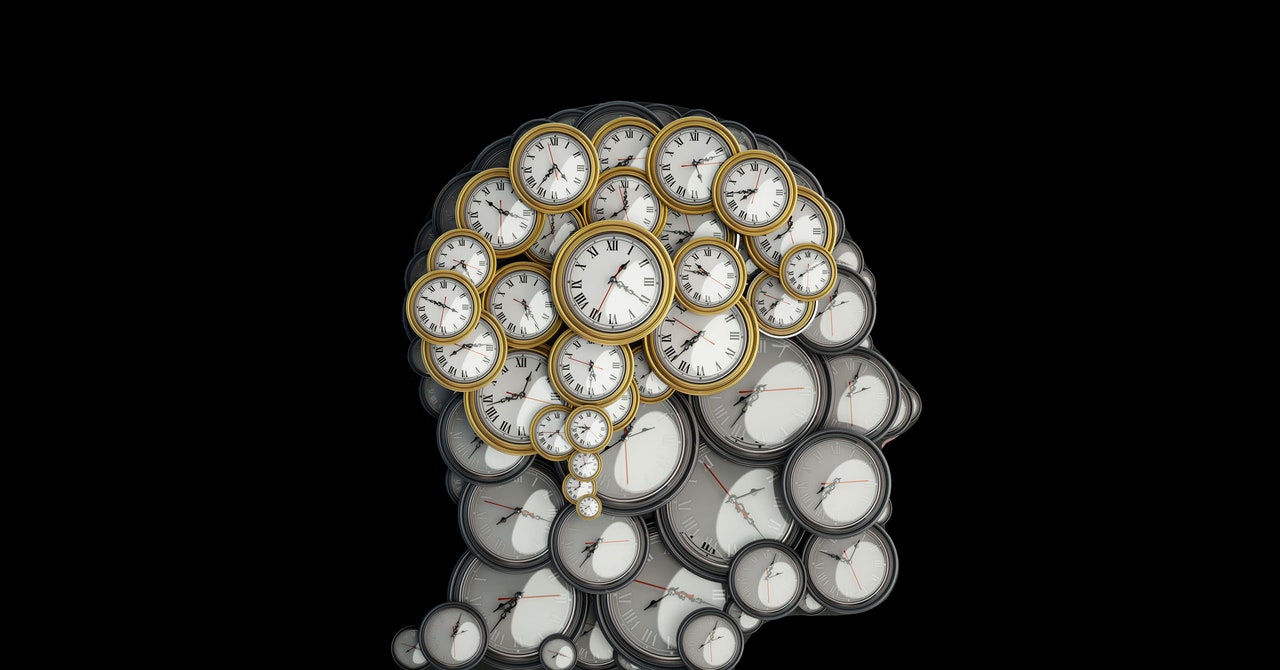
But statistics is a cruel science, and Gompertz knew that too. According to his data, the risk of dying at age 92 was so high that you would need an unthinkably large number of humans to reach that age before you found just one person who lived to 192. Three trillion humans, to be precise—30 times more than have ever been born. And yet Gompertz found himself hampered by his dataset. So few humans made it past the age of 90 that it was hard for him to really know what mortality rates were like at very advanced ages. Did his results point toward some insurmountable limit to human lifespan, or just a temporary cap that could be lifted with advancements in medicine?
Modern demographers have picked up where Gompertz left off, sometimes with surprising results. In 2016 Jan Vijg and his colleagues at the Albert Einstein College of Medicine in New York concluded that mortality rates past the age of 100 start to rise rapidly, putting a cap on human lifespan of around 125 years. Two years later another group of demographers, this time led by Elisabetta Barbi at Sapienza University in Rome, came to the opposite conclusion. She argued that human death rates increase exponentially up until age 80, at which point they decelerate and then level-off after age 105. Barbi’s research raised the tantalizing prospect that there is no upper limit to human lifespan at all, just like Gompertz wondered.
If mortality rates really do plateau at a certain age, then extreme longevity is just a numbers game, Robine says. Say you had 10 people reach the age of 110, and the risk of any of them dying each subsequent year had plateaued at 50 percent. You’d expect five of them to reach the age of 111, two or three to reach 112, one or two of them to reach 113, just one to reach 114, and no one to make it to 115. To have a good shot of someone reaching 115, you need to double the number of people making it to age 110, and so on. In other words, the upper limit on lifespan is just a factor of how many people survived the previous year. But these numbers all hinge on exactly what and where the mortality plateau is. The problem is, the data available for calculating this isn’t very good.
The best global dataset on death is the Human Mortality Database, but it lumps everyone aged above 110 into one group. Then there’s the International Database on Longevity (IDL), a dataset that includes people living and dead who reached the age of 105 and beyond, which Robine helped set up in 2010. At its peak the IDL had data from 15 countries, but tightening data privacy regulations mean that more recent data coverage is patchy. Some countries have since partially withdrawn what they included.
Japan, for instance, has more centenarians per capita than anywhere in the world, but in 2007 its Ministry of Health, Labor, and Welfare reduced the amount of publicly-available data on its centenarians—meaning one of the richest sources of super-long-lived people is no longer producing useful information. And in countries that produce good data, the process of validating and tracking down birth records that can date back to the early 19th century is still laborious and frustrating. To validate Jeanne Calment’s age, Robine quizzed the supercentenarian about her early life, checking her answers against church records, censuses, and death certificates. Even so, the IDL contains records on just under 19,000 individuals, living and dead, from 13 countries. But for Robine, it’s vital to collect even more.


